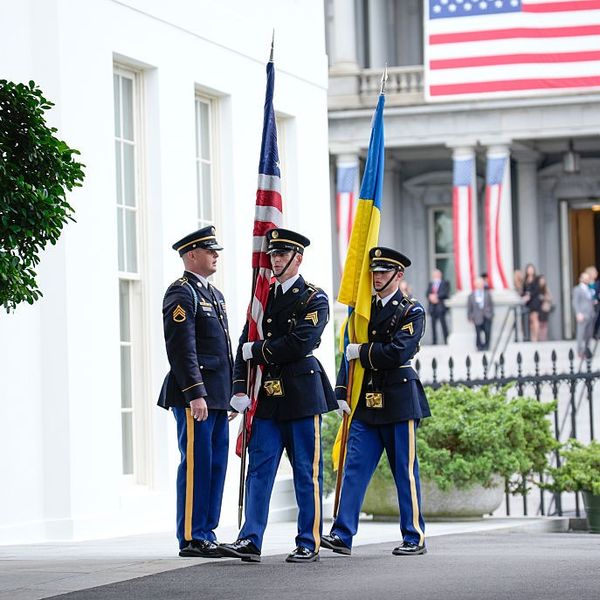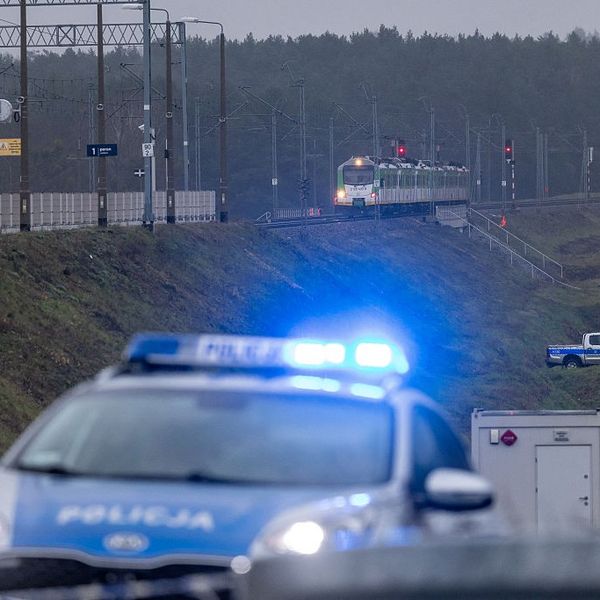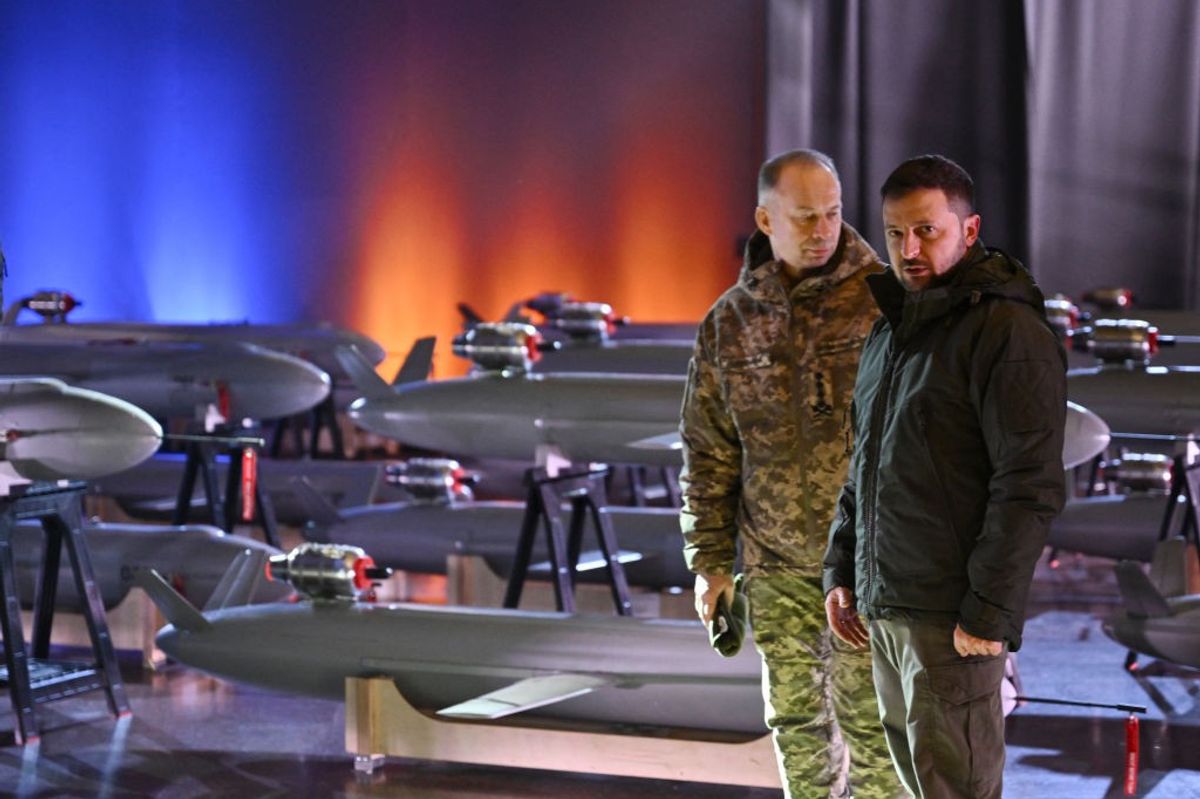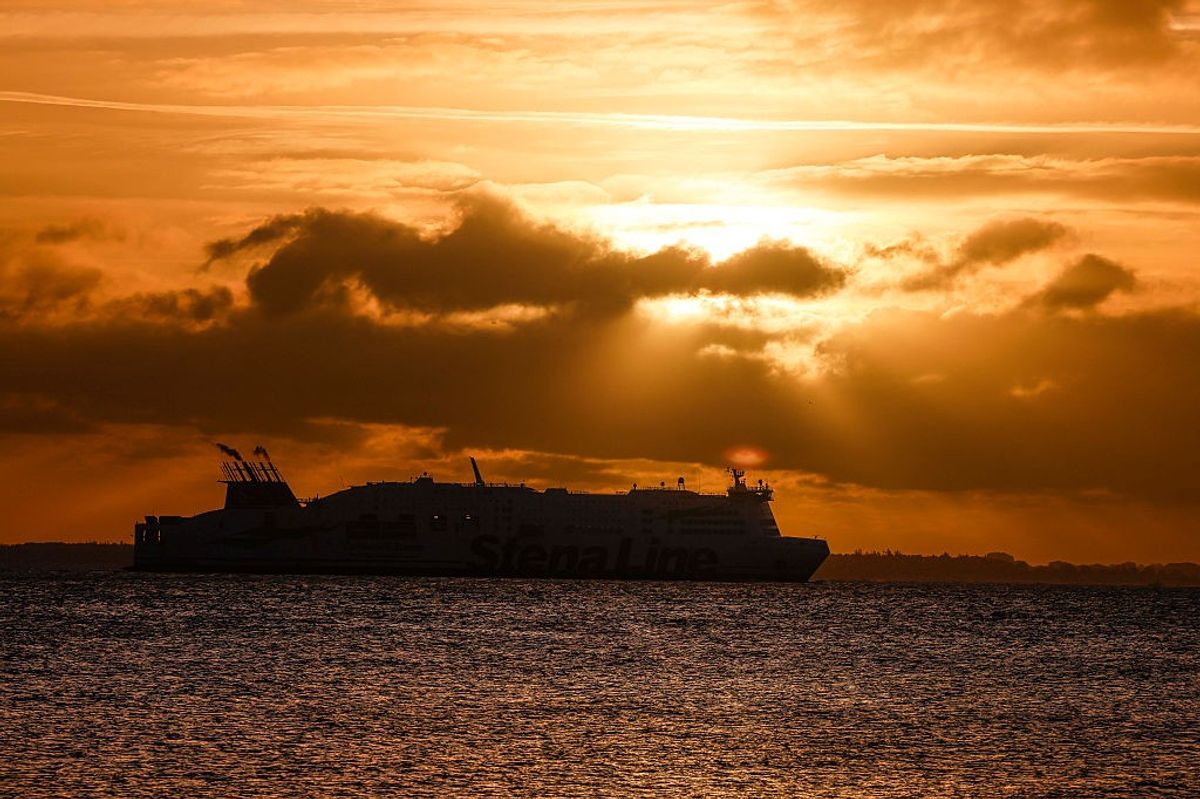Bottom Line Up Front
- The armed conflict in Ukraine has received scant attention in the Western media lately, however, tensions have recently increased between the U.S. and Russia.
- The U.S. is bolstering Ukraine’s armed forces with new technology and joint training exercises, actions interpreted by Russia as provocations.
- Russia is sure to increase its contribution of troops and materiel in Ukraine if NATO continues to ramp up its military and diplomatic presence.
- The front lines witness daily clashes between pro-Russian separatists and Ukrainian armed forces, leading to casualties and sparking concerns of further escalation.
The war in Syria has seen a resurgent Russia attempt to impose itself once again as an influential player in the Middle East. The Russian intervention in Syria in September 2015 has made it clear that Moscow wants to be viewed as a major power, and one willing to use military force to achieve its foreign policy objectives. The Ukrainian conflict, though different in nature from Syria, has similar dynamics at play: both wars are seen as a dangerous rise in tensions between the US and the Russian Federation. For Vladimir Putin, the perceived encroachment of NATO is clearly seen as a threat to Russia’s national interest. Indeed, a buffer zone on its borders is still seen as a central piece to Moscow’s foreign policy, and has been since the German invasion of Russia in 1941.
It is therefore easier to understand Russia’s perspective and why it views NATO’s moves in the Baltics and Ukraine as a direct threat to its interests. Russia feels threatened by having the alliance extend directly to its border and believes that its tit-for-tat actions is merely responding in kind to aggression instigated by NATO expansion. The planned coup d’etat against ex-president Viktor Yanukovich in February 2014 led to the war in Donbass that very spring. Four years on though, no major military operations have taken place since the Minsk II Peace Accord on February 2014, with the Ukrainian army defeat at the battle of Debaltsevo. Smaller clashes and skirmishes still occur along the contact line, and the war in cyberspace continues online at a frenetic pace.
While both sides have agreed on calming the situation in Donbass, the rhetoric has yet again grown bellicose. The influx of lethal weapons, provided to the Ukrainian army by the US in the form of the Javelin anti-tank system, coupled with recent joint fighter plane exercises, demonstrates a renewed U.S. interest in countering Russian aggression Ukraine. As Washington ramps up its efforts to train, advise and assist Ukraine, it is pivoting its focus in order to exert further pressure on Russia closer to its traditional sphere of influence. Publicly, the US states that this show of force is meant to help Kiev protect itself better against any adversaries. It serves as an added bonus that this security cooperation serves as ‘dual use’ policy against Russia and the separatists fighting in Donbass. Top US military officials present in Ukraine have gone as far as stating that assistance to Kiev is certainly not ‘more controversial than supporting an insurgency.’
The danger is that Russia responds in kind, by further arming pro-Russian separatists operating in Donbass, increasing tensions on the front line. Hence, the current situation is ripe for an increase in military activity, as in some areas the opposing armies are separated by a mere 100 yards, making the implementation of the Minsk II accord all but impossible. Units on both sides of the line are shooting at each other with small-arms and sniper fire, as well as mortar and artillery strikes. As a result, frustration within the Ukrainian army’s brass is steadily increasing and hopes for a diplomatic resolution or negotiated political settlement seem unlikely. Next fall, Ukraine will hold general elections, with Mr. Porochenko likely running. Issues have arisen between the president and nationalist movements that seek a full-out offensive to take part the strategic city of Donetsk. If these trends continue, Ukraine will be forced to make a definite choice between an alliance with the West by joining NATO—and therefore risk open war with Russia—or a return to a more neutral stance which would allow Ukraine to the full advantage of its strategic location between East and West.











